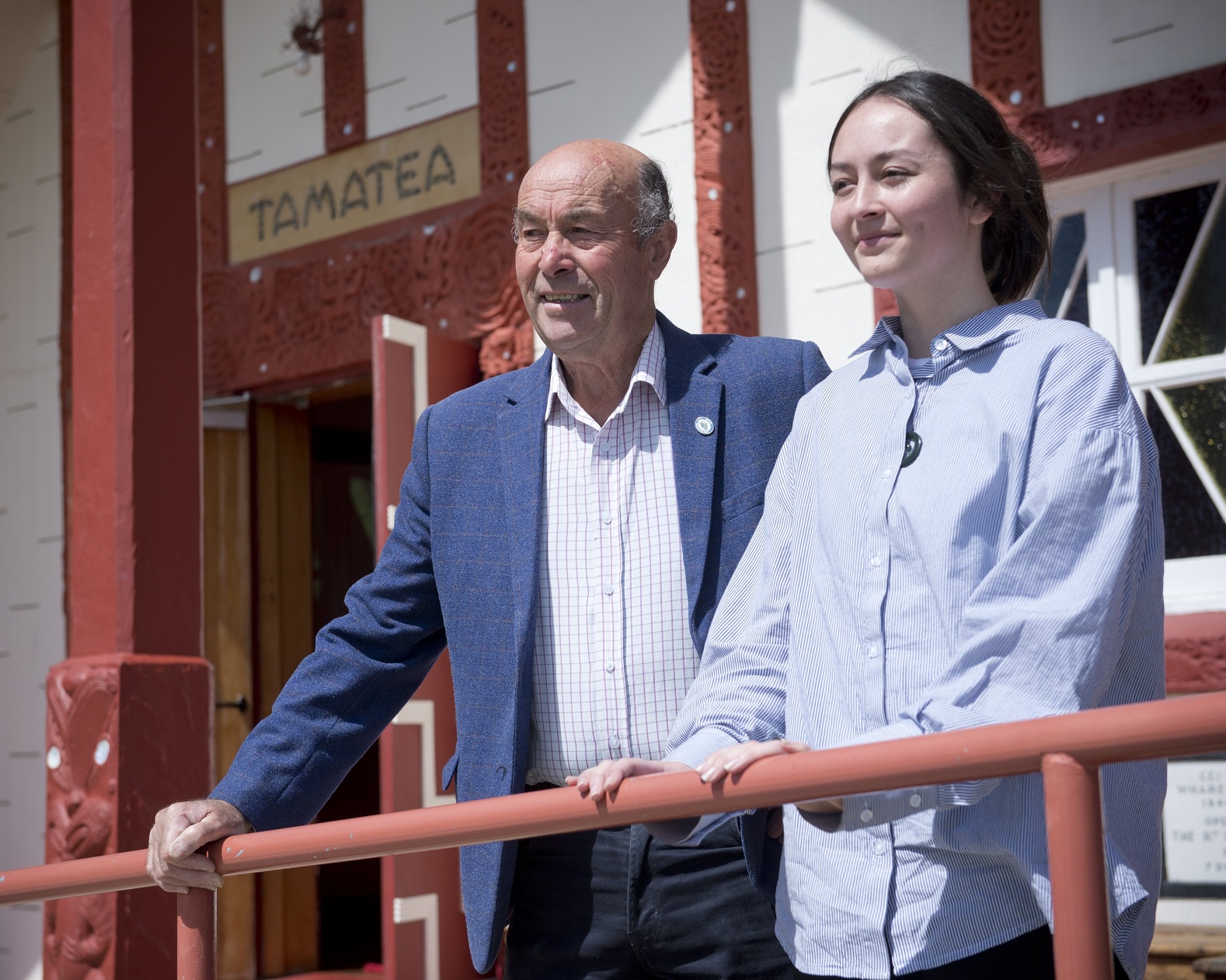
For Māori, as guardians of this taonga, we hold a responsibility to embrace and cherish these names.
The Otago region is full of Māori place names, scattered across the landscape.
Over eight months, videographer Luke Chapman and I travelled throughout the region to uncover these names as part of the Toitū te whenua: Māori place names project.
Today we release the final episode.
Along with feature writer Tom McKinlay, we produced an eight-part mini-series exploring Māori place names and the meanings behind them.

Rather, they were gateways of understanding, connections to our ancestors and symbols of resilience, endurance and unity.
Te Rūnanga o Ōtākou upoko Edward Ellison helped us create a narrative for our series, providing us with knowledge of the impressive ventures of his ancestors and the various stories he was told growing up in Ōtākou.
We decided to retrace the footsteps of Māori who would regularly travel inland to collect and trade pounamu.
Using this route as our guide, we started from Pikirakatahi (Mt Earnslaw).
Pikirakatahi was known as a kaitiaki (guardian) to Māori, protecting an abundant source of pounamu.
The name of the mountain was said to be associated with the travels of Rākaihautū — one of the very first ancestors of the Waitaha iwi and captain of the Uruao waka.
We explored the names of the lakes and rivers that once dominated the Otago landscape.
Names such as Wānaka, Hāwea and Whakatipu-wai-māori were all names given to the lakes by Rākaihautū.
We gradually made our way back to the coast, following the Mata-au River.
The Mata-au River was once a lifeline for Māori, providing food resources that sustained them during their travels.
With help from Ōtākou mana whenua Paulette Tamati-Elliffe and Tūmai Cassidy, we delved into the Māori names associated with Dunedin.
Investigating names such as Ōtākou, Ōtepoti, Taiari (Taieri) and Kaikarae (Kaikorai).

Mr Cassidy told us the story of Hereweka (Harbour Cone), named after an incident involving an unbeatable Kāi Tahu warrior.
We then travelled up the coast to the Karitāne village of Puketeraki.
Kāti Huirapa ki Puketeraki chairman Matapura Ellison shared with us stories of ancient giants and forbidden love.
In our final episode, we reflect on our journey and the importance of Māori place names across generations.
While making the series, we were met with encouraging feedback from mana whenua and the wider community.
Some community groups began using the series as an educational resource.
Edward Ellison was glad a variety of people contributed to the series and encouraged the public to watch.
"The episodes are produced in such a way I think it’s easy for people to listen to and quite attractive to watch as well, with the beautiful landscapes.
"I hope it helps people warm to the idea of using those traditional names, the places and the stories that go with them."









